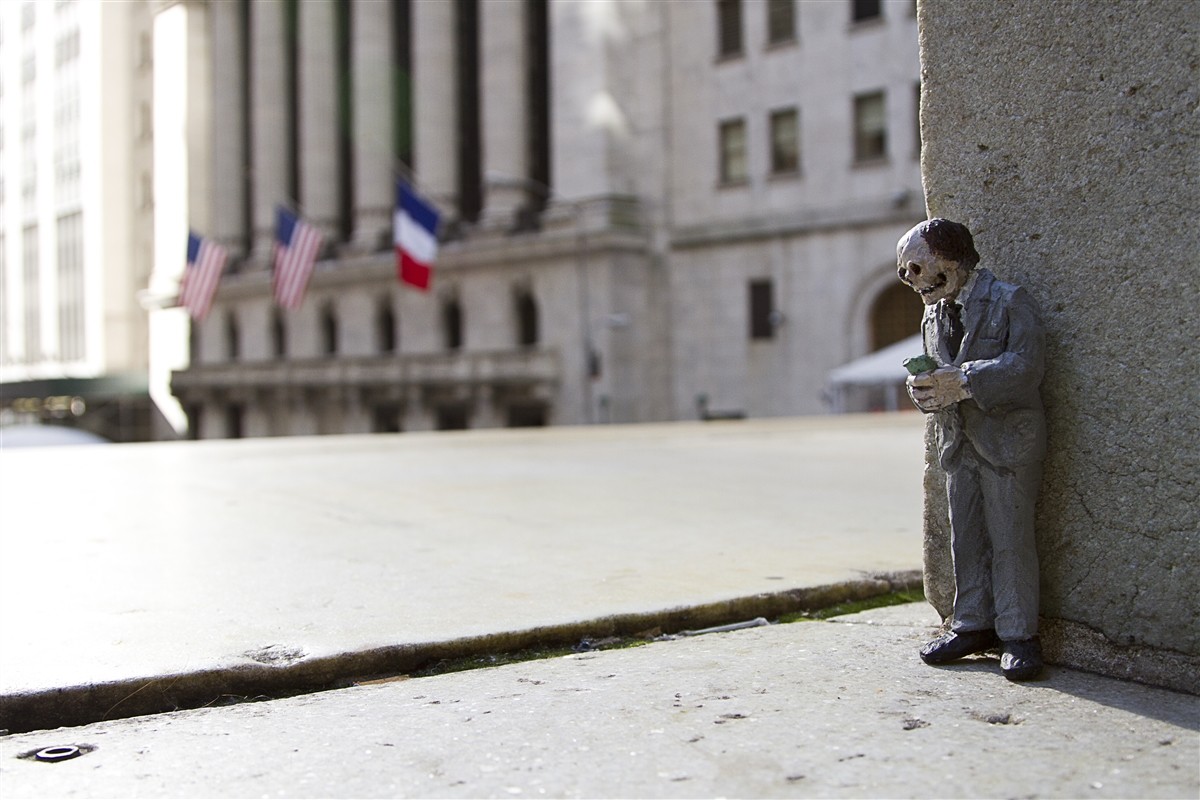
With the simple act of miniaturization and thoughtful placement, Isaac Cordal magically expands the imagination of pedestrians finding his sculptures on the streets. With the master touch of a stage director, the figures are placed in locations that quickly open doors to other worlds. We reached Isaac for a chat about his latest residency in NYC and the current state of his middle aged men.
Hello Isaac, let’s start from your latest installations in NYC. How was your residency at Vyt and it wasn’t the first time you placed your bodies in the City?
Hi Christie, thanks for your interest in my work. My residence at Vyt was really good, the location is quite nice, i had a great time with the other artists in residence and all the crew working there. I´ve been in NYC before but i´ve never had the chance to place my sculptures into the streets. They loved the city, I think.
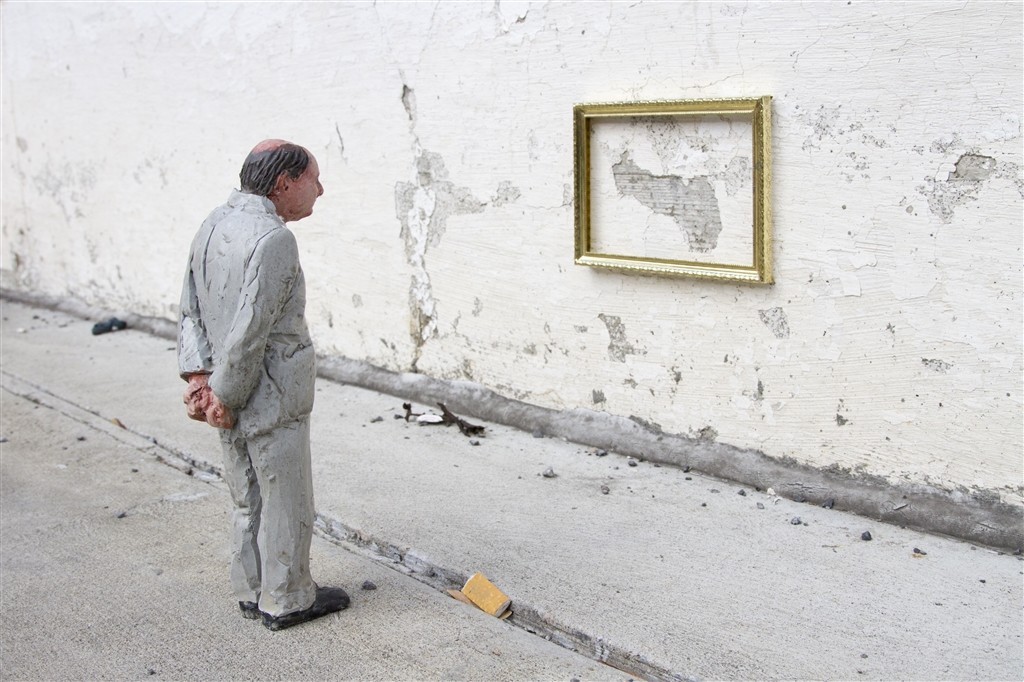
I follow your steps from the beginnings, and I’ve always found your point of view absolutely amazing. It’s what your subjects view that really matters, it’s their “small” point of view that makes your images so big. How much is hard to look at the world with their eyes?
It still amazes me the ability of a material like clay to produce so many meanings. Perhaps we empathize with these small sculptures because they are a kind of metaphor for our own infinity in the universe, I don´t know exactly what’s the point… I tried my sculptures become a kind of tool to reflect on the world in which we live. They try to make a reflection on the side effects of our idea of progress under the age of friendly and peaceful capitalism.
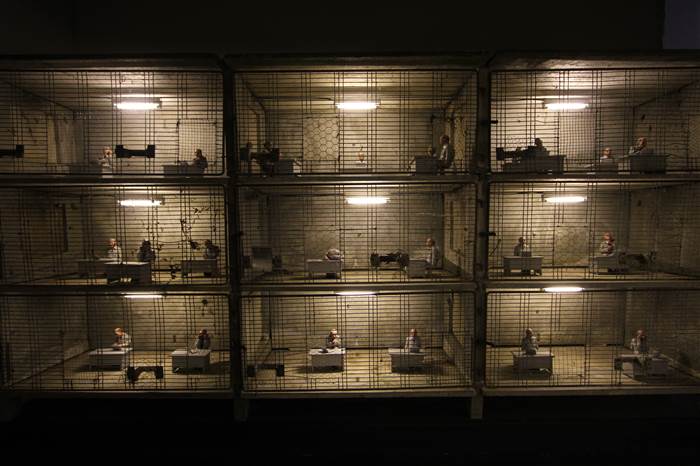
One of the things that stuck me the most is the viewers’ empathetic approach with your artworks. I was lucky enough to see “The Family” in Nantes and even if the subject was really sick, I can remember how many gentle comments I heard from the crowd. Do you think it’s something related to the size of your sculptures or a way we find to escape from too much reality?
Glad that you visited the exhibition, I think that viewers can feel identified with the installations very easily because it is a direct language, without hardly encodings, and surely this clarity among so much jungle of meanings nowadays is appreciated. I like to try serious themes mixed with irony, humor and absurdity. We need a lot of humor to survive in the type of society that we have built, right? The change of scale offers us an overhead point of view, this may help to see us from outside, to look at ourselves, and surely, all this with a playful reminiscence related to our childhood. The spectator becomes a kind of creator and catalyst of meanings.
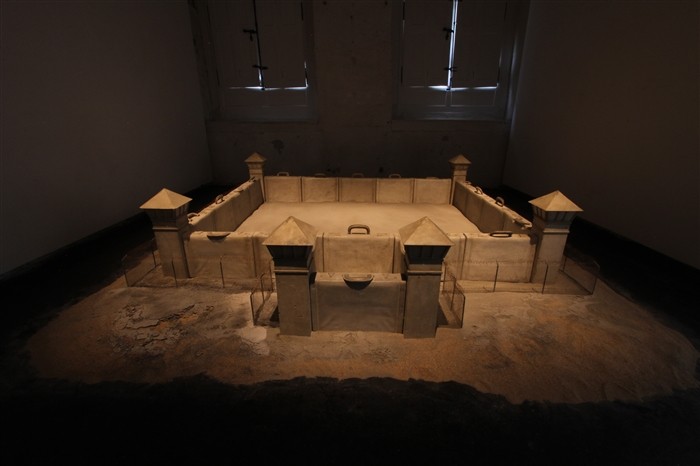
In Nantes I’ve seen one of your most ambitious work, Secondary Residence. It’s absolutely great, and also this time there’s a strong connection with the point of view of your sculptures, even if they’re hidden in this case. How did it come the idea and how did you reach the final result?
I really appreciate that installation and the result was better than I expected even if I had some problems with the lights. Secondary Residence represents a prison whose walls are cement executive briefcases . It is a reflection on impunity and corruption. My reflection was that prisons are empty of the real culprits of the current economic crisis. Politics has become a business that destroys everything in its path, a sort of economic terrorism legitimized by the idea of democracy , welfare and progress. Democracy is just a lost word in the dictionary which is used occasionally to justify barbarism. With this kind of thoughts I decided to create that jail empty.
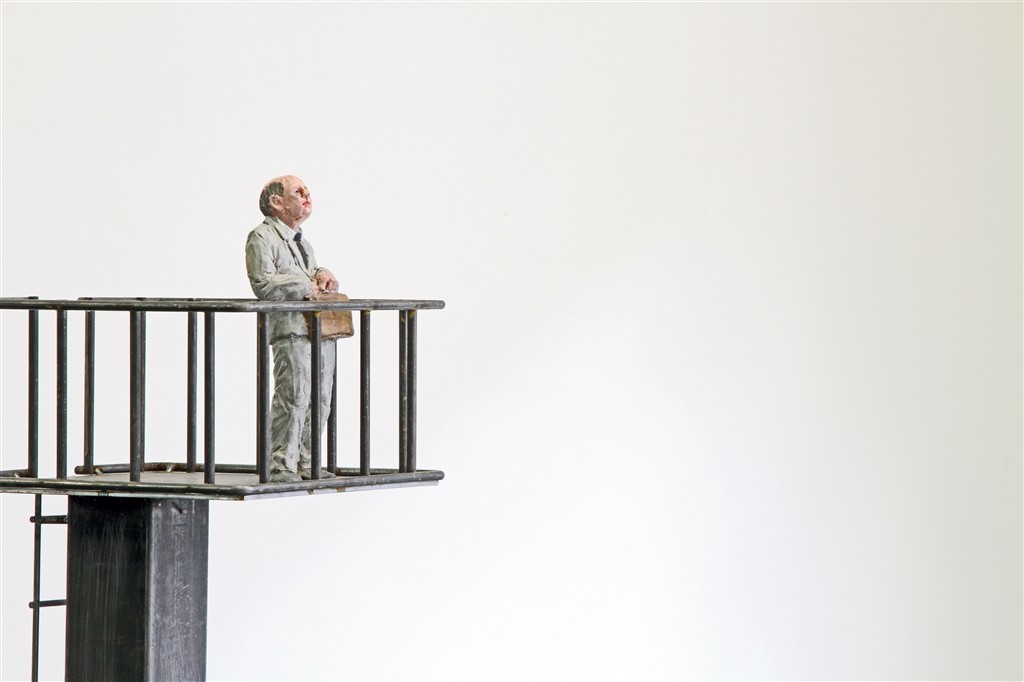
The environment is one of your big recurrent themes, and “Waiting for Climate Change” is probably my favourite piece. Looking for something that will never come on its own could be paralleled to a “Waiting for Godot” scene. Did you feel inspired by it or what else has reached your imagination?
Mmmm … I don´t remind that scene, but I believe that instead of wait is necessary to act, is a classic, nothing new but true. It is very common in humans the act of wait and see what happens. We do not believe anything until suddenly the problem is in front of the house. The idea of waiting and be spectators of climate change made me think in tons of popcorn, a comfortable armchair, people with binoculars waiting for a giant wave or someone very annoying because it was not able to finish its strawberry ice cream … The real thing is that on the same day we can have the four seasons of the year, and that, is crazy! In this installation we are already a little more wet but still in our comfort zone. And well, there are already the typical jokes, that people appreciate the climate change because you can go to the beach in winter … ha!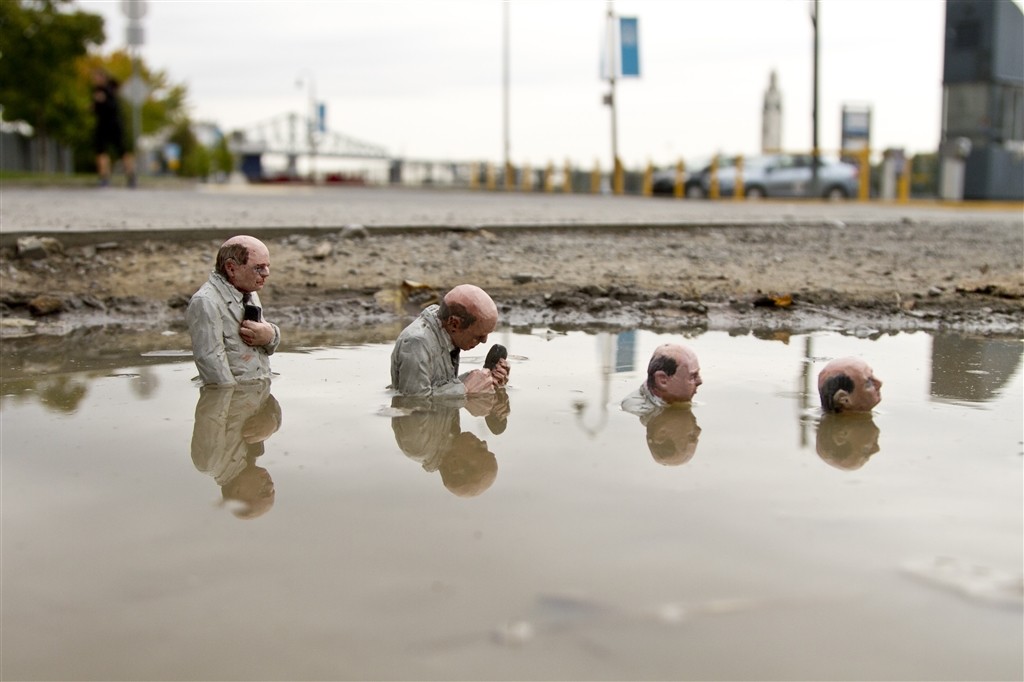
I’ve scanned the web looking for “Isaac Cordal tutorials” but did not found how do you create your middle aged men. I can imagine it could be a very intimate process but I was wondering if you could reveal some details of your workflow… How do you start to create a new cement body, do you need a wire skeleton for every figure or do you directly manipulate clay?
There are lot of tutorials online about how to create molds. I check them quite often. The process is quite simple. I model my sculptures in clay or plasticine. Once I made that sculpture I make a silicone mold and finally I convert the original into a piece of cement. The sculptures are painted with acrylic. That is the normal way but in case the sculpture would be only to take a picture I use the original one made in clay.
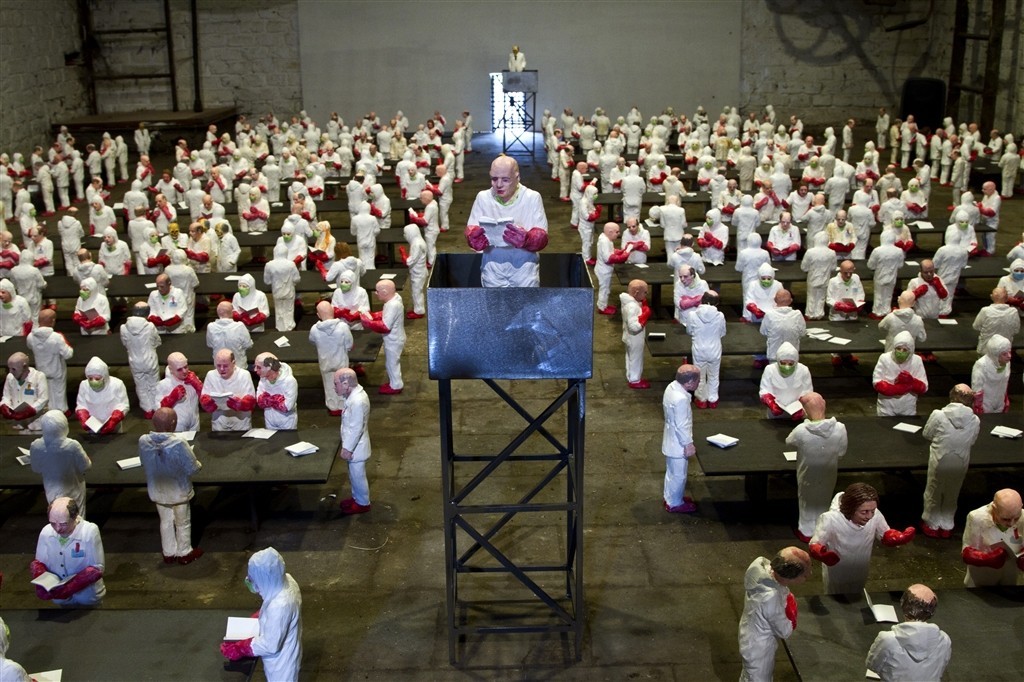
And in the case of a big installation such as “The School” how do you proceed, did you use molds to create so many figures?
I made around 14 different molds and i produced 500 sculptures approx. To make the project took me about three months. I didn’t see the final result until I arrived to the exhibition place. It was quite exciting.
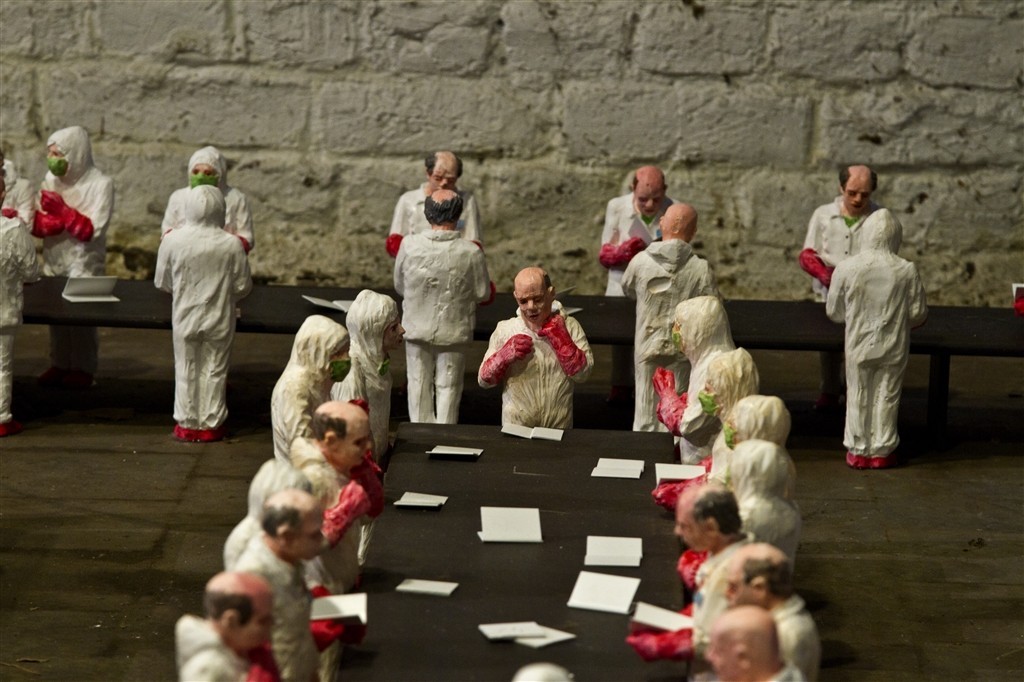
“The School” installation reminds me a famous picture by Ed Burtynsky, the one with all the pink workers in a chinese factory. Did you feel inspired by that shot or inspiration came from something else?
I really like his film Manufactured Landscapes, is a kind of masterpiece. I also like the picture you mentioned and surely inspired me in my research. My installation becomes a factory in a vast reading room where all workers read peacefully. The school is a reflection on industrial education that we receive to be productive and create the greatest economic benefit. Progress has something to do with that shit. The idea of success and that kind of stuff they sell us to be competitive from an early age. The true is that schools have become businesses and indebted students in customers. I was influenced by a book called The usefulness of the useless of Nuccio Ordine. An amazing manifesto.
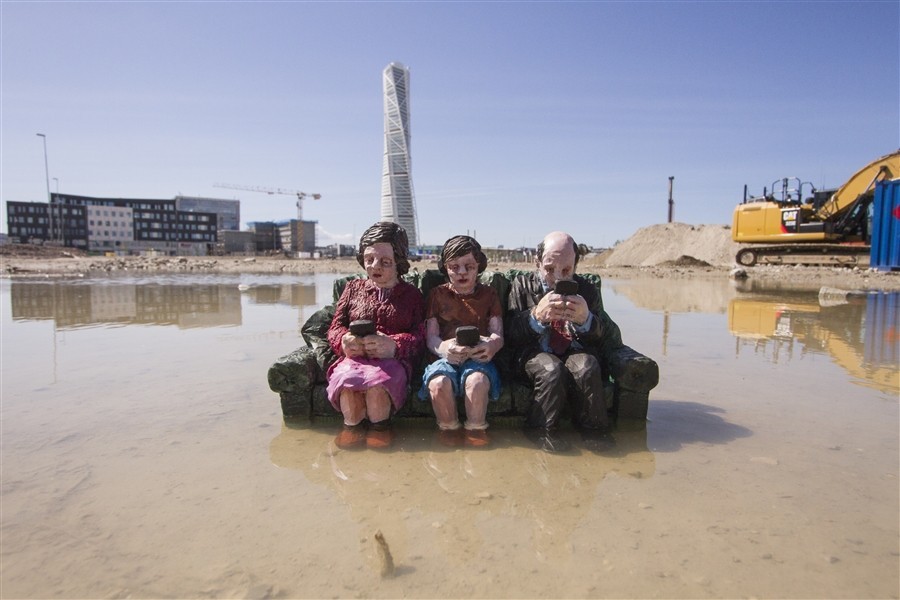
Media attention to your work has been remarkable. Have you ever felt too much pressure, you know, an excessive expectation to meet?
Not really. But I try to do my best on any different project as a natural way to improve my art.
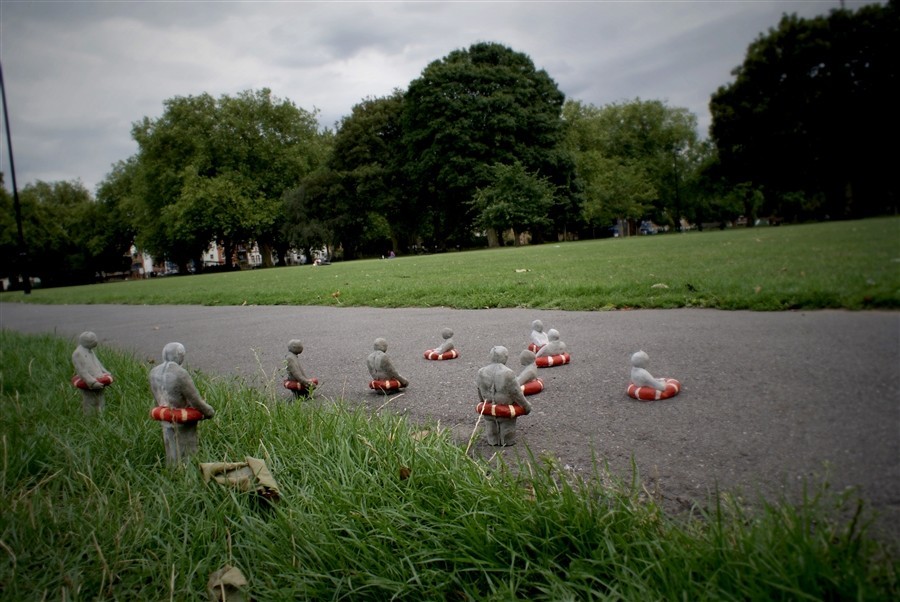
In your early sculptures you didn’t use colors, and sometimes you come back to that specific essential choice. What represent color in your artworks and what’s behind your choice?
My old sculptures were not painted and neither were faces. This seemed a good way to create a stereotype of ourselves. I really liked the cement as a symbolic material because is one of the main footprint against nature. That grey colour was enough to speak about us. But slowly, the project evolved into something more figurative, I tried to create a synthetic character, which basically is always the same, industrial, to speak of a social stereotype. Capitalism is very concerned to produce slaves whom not realize their own condition and this figure of the middle-aged man that directs us to the catastrophe seemed to me very comical.

Talking about your beginnings I noticed you’ve abandoned your earlier experiments with colanders projecting their shadows on the pavement. Is it something we will see again in the future?
I liked that project too. I hope to have some time to make something similar in the future.
Isaac, many thanks for your time, it has been a pleasure to talk with you, one last thing, what shows or projects do you have planned in the near future?
Thanks you for the questions and follow my work. I am trying to be focused on producing new works. At least I will make two solo shows this year and take part of group shows too. But you know, the street is there, open 24 hours, and I hope to be inspired again by its life.


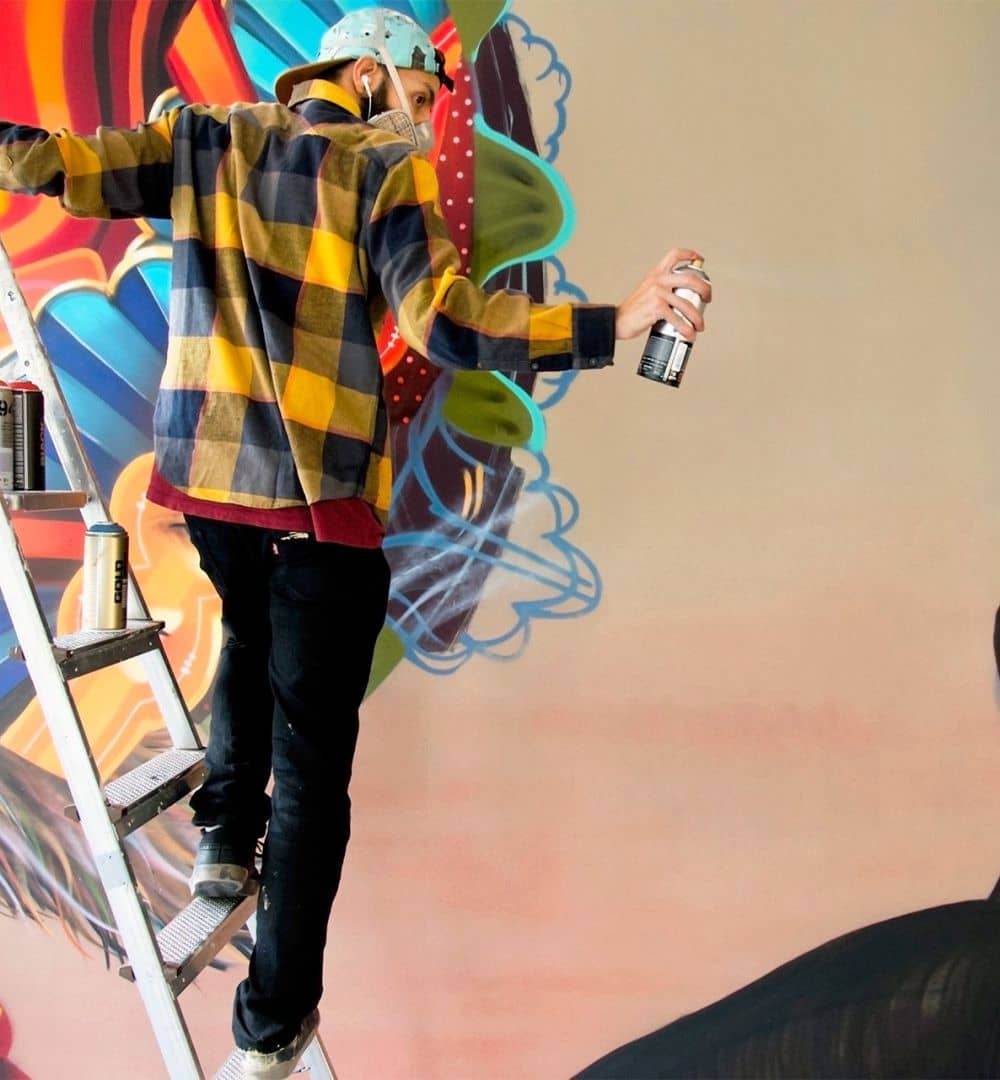
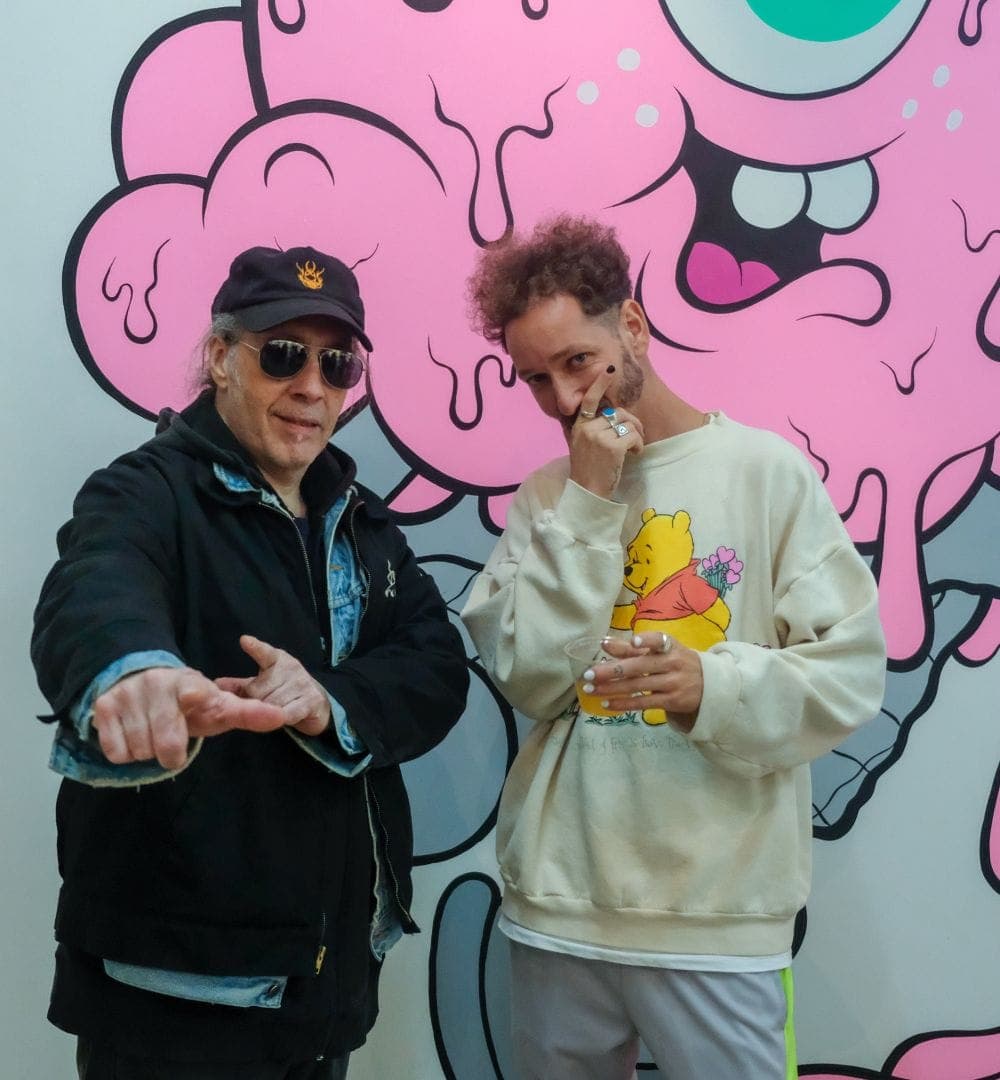
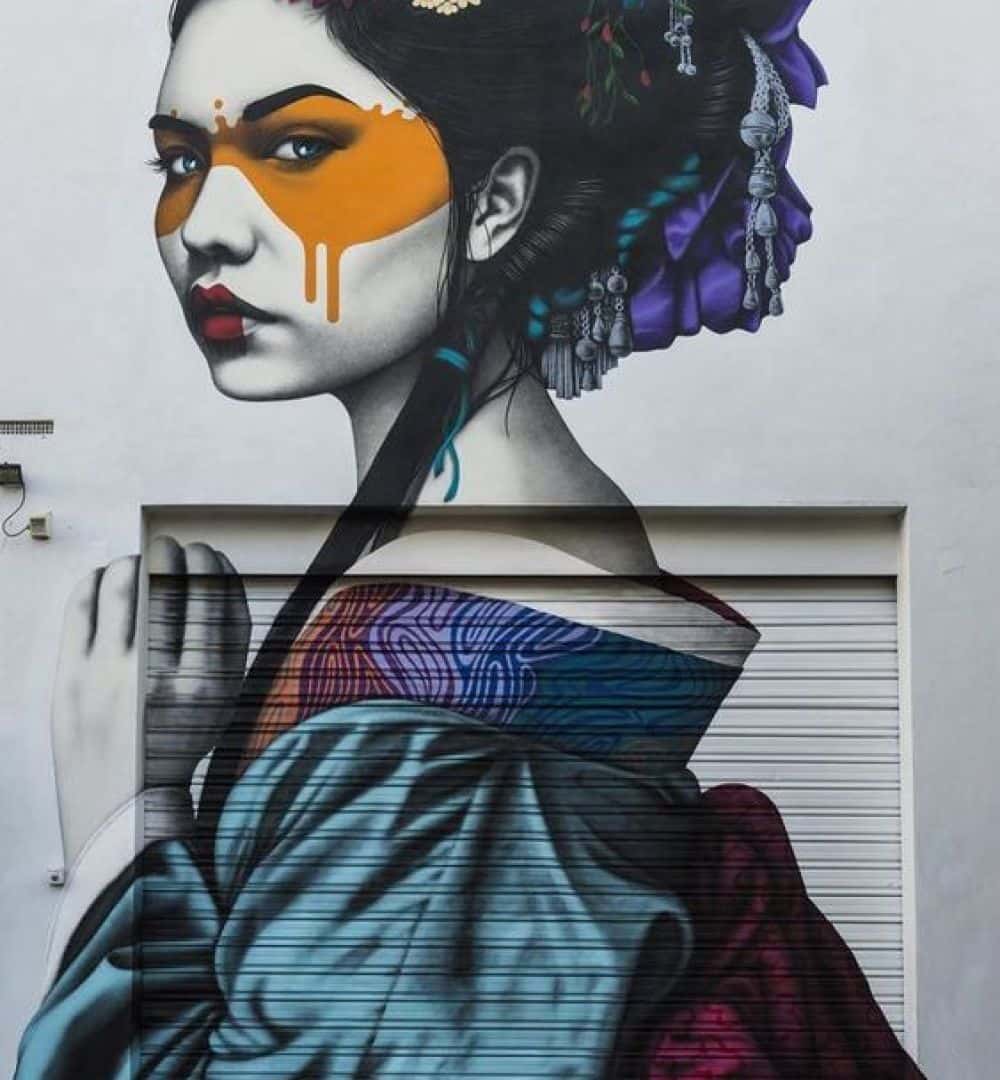

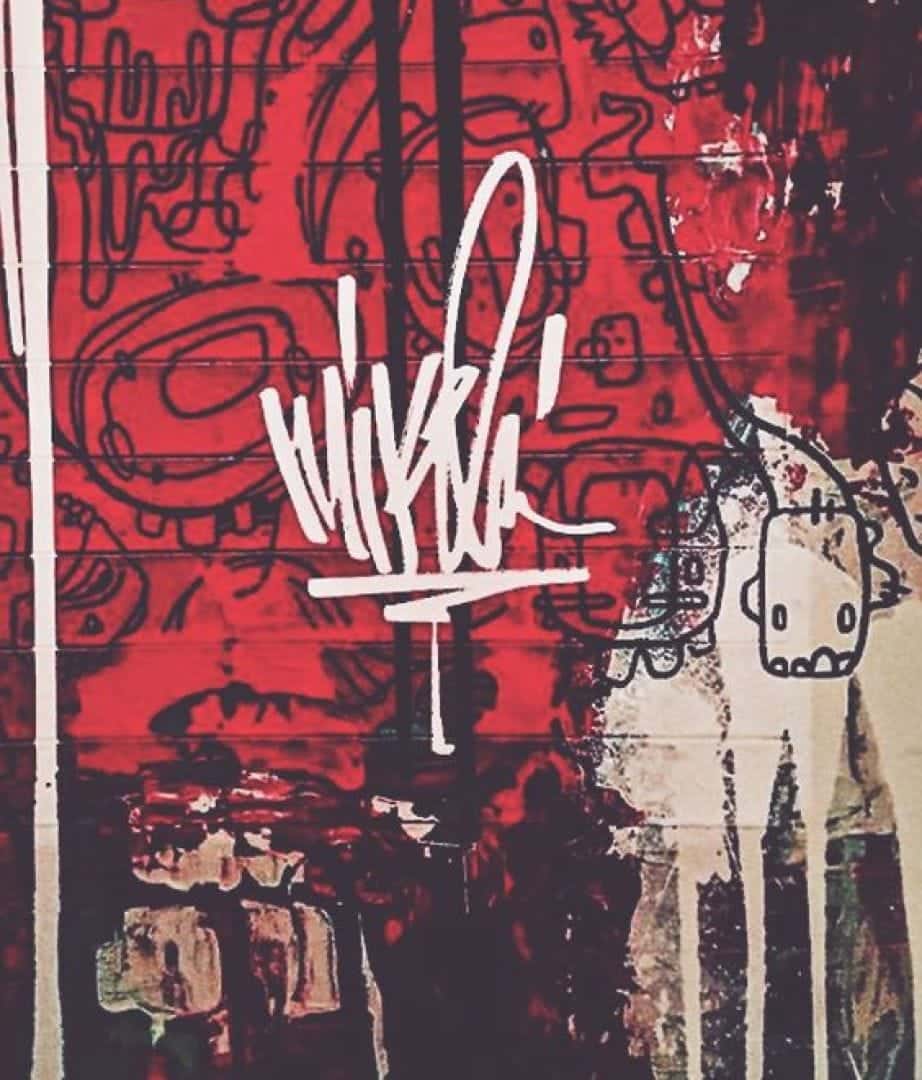
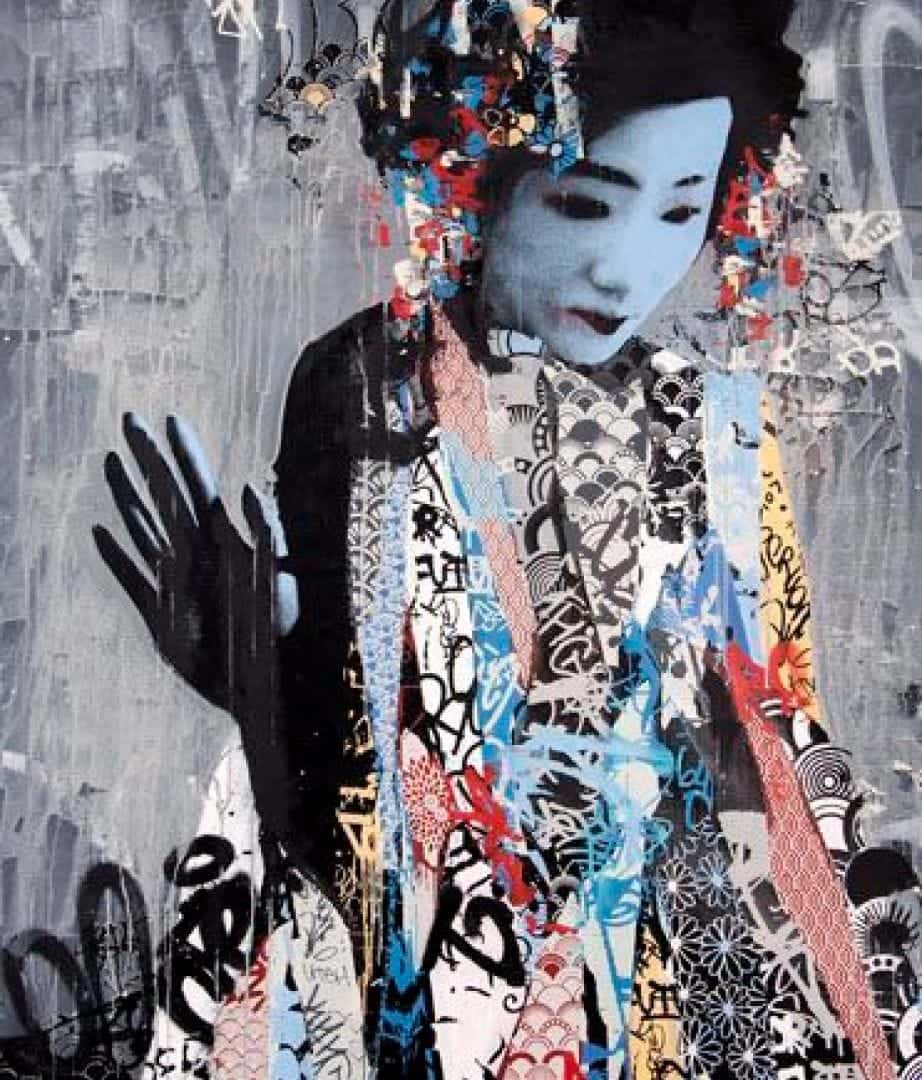
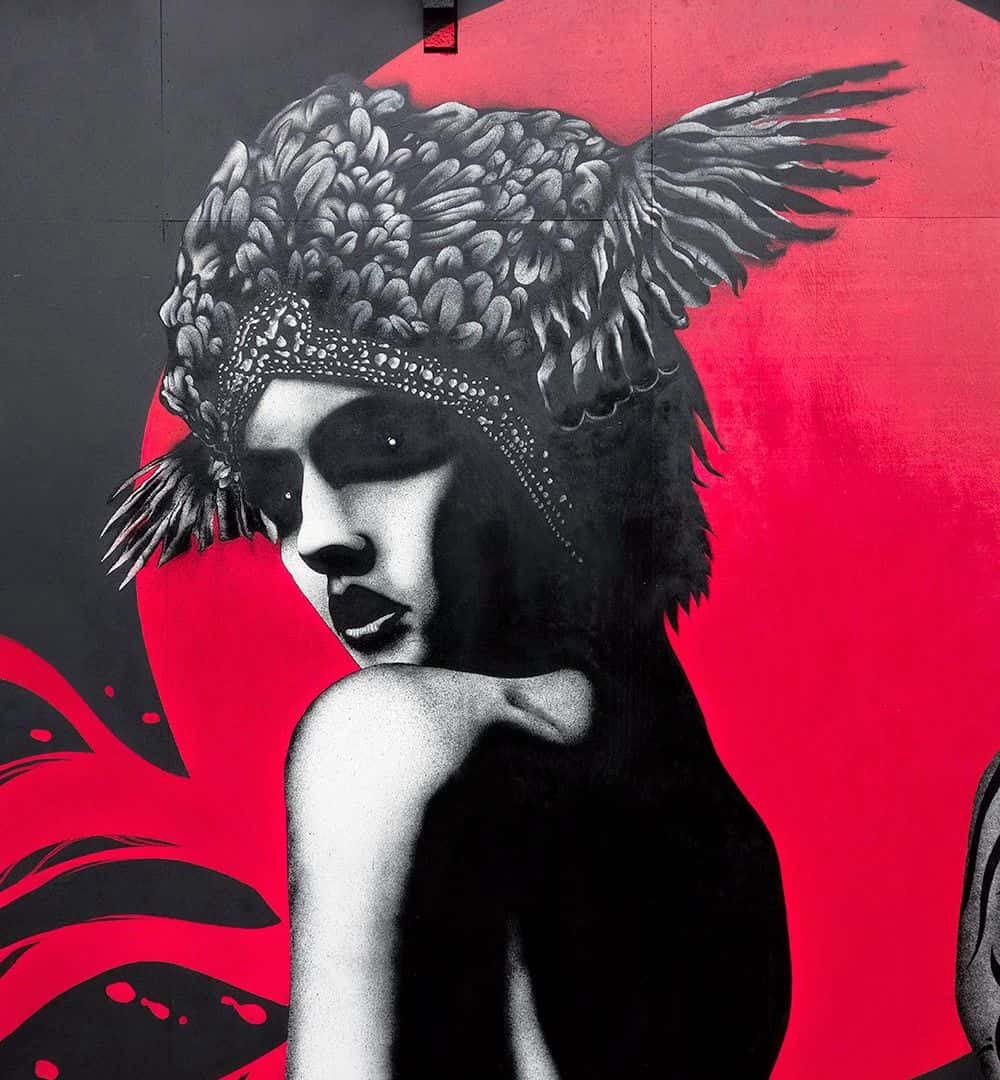
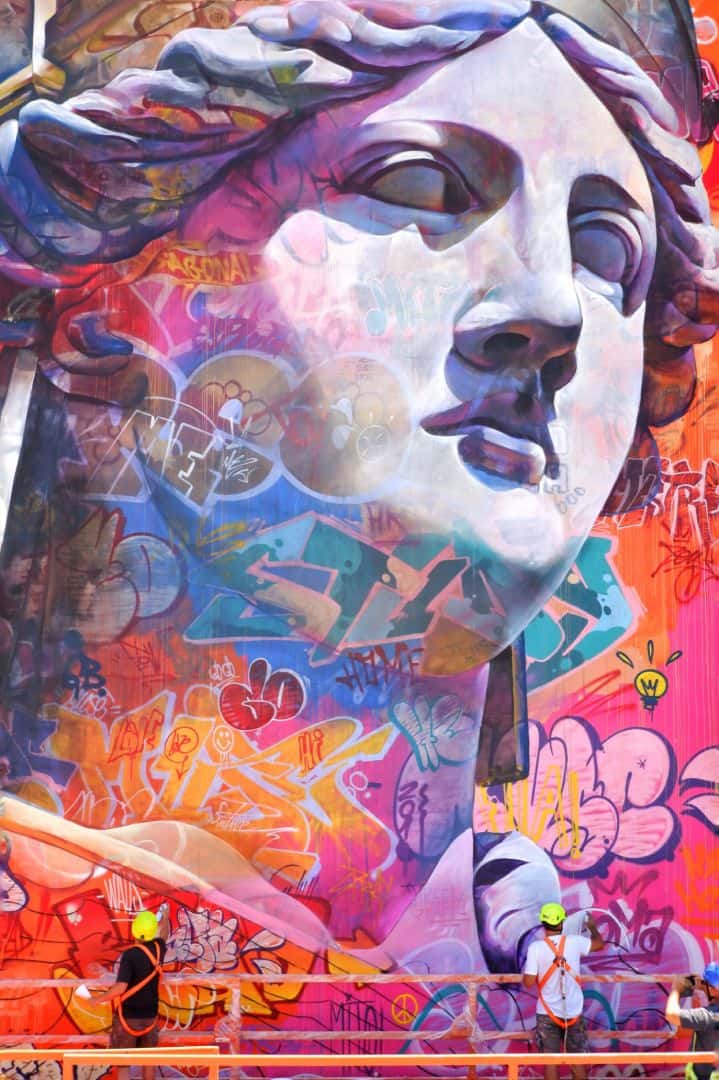


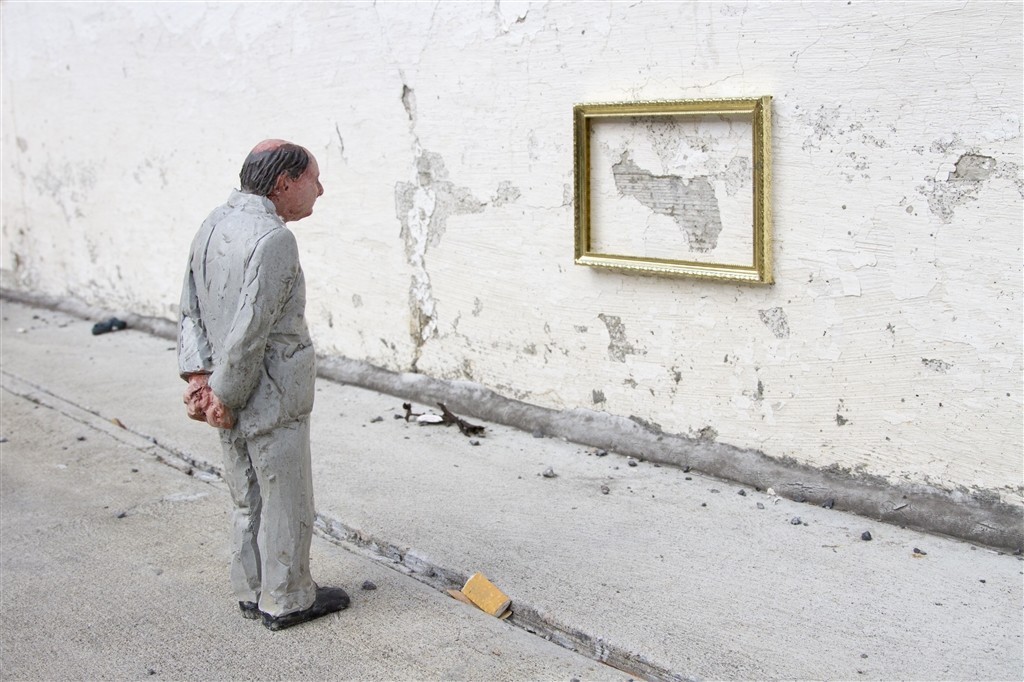

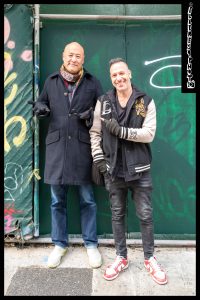
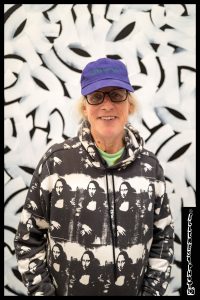
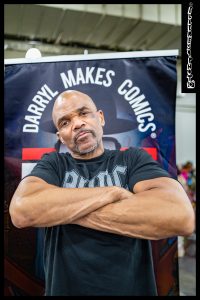
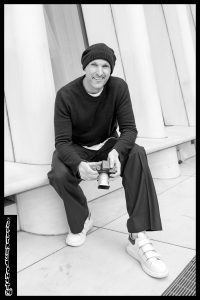
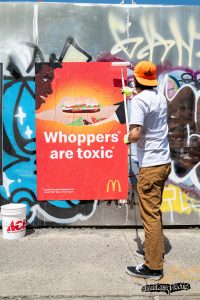
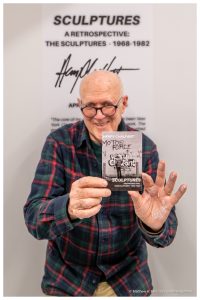
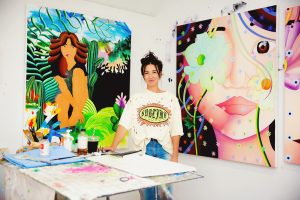
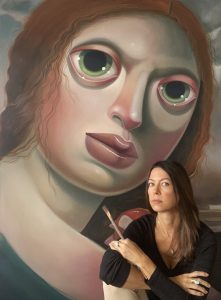
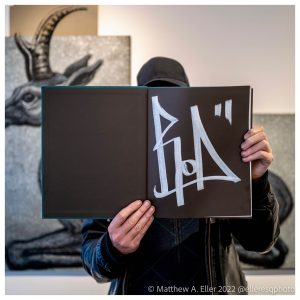
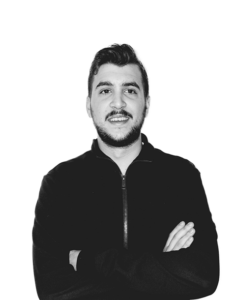

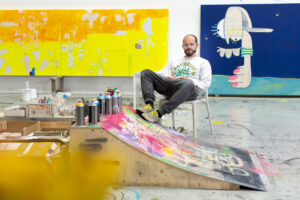
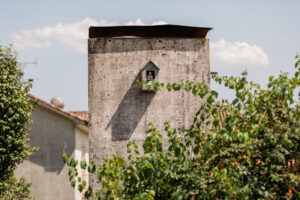
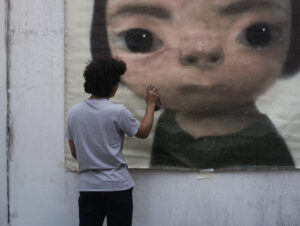
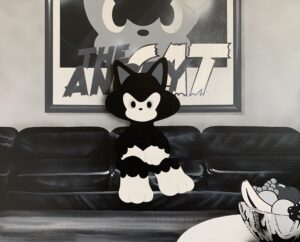
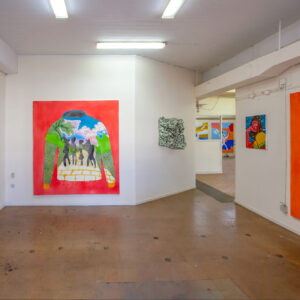
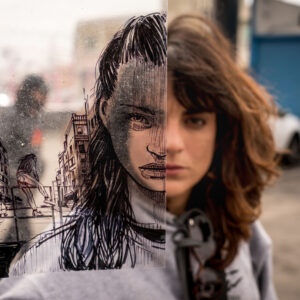
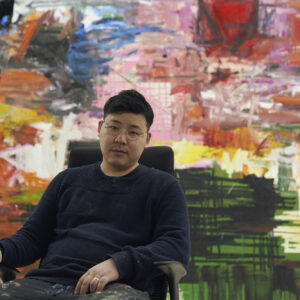
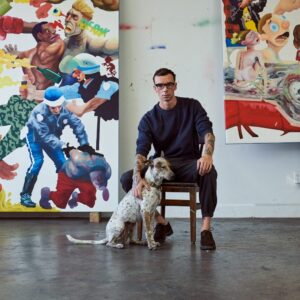
comment